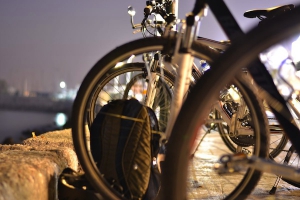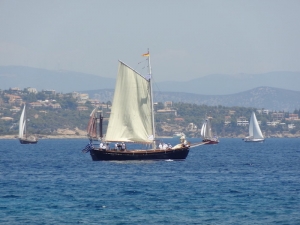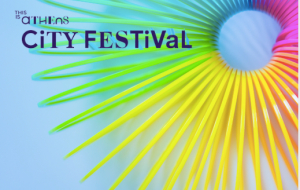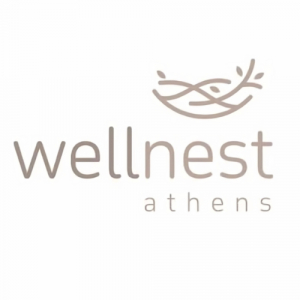BUSINESS CENTRE
XpatAthens
Video: The Draconian Decision Of The German Drachma
What would happen if Germany was poor and Greece was rich? How would the Greek Cabinet deal with the request for a 100 Billion Euro request? This short film is set in Athens in 2019 using famous names from the looooong history of Greece (Alcibiades, Mercouri, Leonidas, Venizelos), this satirical film is a must.
It is also the second film in this series, the first will be released in March (yes we are playing the reverse).
By Billy Cotsis
7 Cool Things To See And Do In Athens
#1 Gypsy Market
#2 Strefi Hill
#3 Freeday Friday Bike Ride
#4 Romantso
#5 Faros Psychico
To read more, please visit: Urban Travel Blog
Greece Remains The Leading Ship-Owning Country
Greek Superfoods
Among the most flavorful Greek superfoods, Avgotaracho (bottarga) is also referred to as the “Greek Caviar”. Avgotaracho is made from cured grey mullet (kefalos, in Greek) fish roe which is encased in a coat of natural beeswax, which lets it to keep for several months. Avgotaracho is a protected designation of origin (PDO) product, and is produced in Kleisova and Bouka, the lagoons of the Messolongi-Etoliko area.
Greece has a beekeeping heritage that goes back thousands of years, in fact excavations at Phaistos revealed ceramic beehives dating back to the Minoan era. Containing more than 180 nutrients, honey is a food of high nutritional value let alone delicious taste; it is a great source of carbohydrates, antioxidants, B-complex vitamins, trace elements and minerals which contribute to everything from bone strength to a healthy metabolism.
Due to the great biodiversity of Greece–1,300 endemic plants and an exceptional variety of flowers, herbs and trees– Greek honey is exquisite in flavour, aroma and density and is considered among the best in the world.
Soft, white, and rind-less, anthotyro is made in most Greek regions with whey and sheep’s or goat’s milk, or a combination of the two. Anthotyro cheese is lightly salted and combines a delicious flavor with high nutritional value, providing the same nutrients as other dairy products but with less fat, and just 200 calories/100g.
The Greek Astrophysicist Behind The First Photo Of A Black Hole
To read this article in full, please visit: ellines.com
What Is The Green City Program & How To Participate
The process is very simple and can be completed in the following 5 steps:
Step 1: You arrive at the Mobile Green Point having in your possession the materials you wish to recycle, either separated by item in different bags, or the materials will be segregated on-site with the staff's assistance.
Step 2: You Register/Identify and receive your personal recycling card. (You can complete the registration/identification process here.)
Step 3: You hand over both the recycling card and the recyclable materials to the staff.
Step 4: The staff scans the card and weighs the materials. The appropriate points are transferred to your account, depending on the type and weight of the materials you recycled.
Step 5: The process is completed with the staff discarding the materials in the appropriate containers and you can see the renewal of your points.
The following items can be recycled:
- PET class plastics
- Glass
- Mixed Plastics
- Batteries
- Aluminum
- Edible Oils & Fats
- Ferrous Metals
- Electronic & Electrical Equipment
- Paper / Cardboard
- Clothes
If you wish to participate in the program, you can download The Greencity application, available on Google Play and App Store, in order to:
- become a member
- be informed about when there will be a Mobile Green Point in your Municipality
- see the points you have collected
- learn about offers and discounts you can redeem
For more information please visit: thegreencity.gr
This is Athens City Festival
Wellnest Athens – A Space For Wellness & Healing


The Space
Wellnest Athens is a recently renovated space that has been thoughtfully designed to create a tranquil and nurturing energy. It features three main “nests” that allow for a range of private or group sessions:
✨ 12 sqm – Ideal for private therapies or small one-on-one sessions
✨ 14 sqm – A flexible space for individual or small group work
✨ 28 sqm – A bright, spacious area with sea views and ideal for group workshops and larger gatherings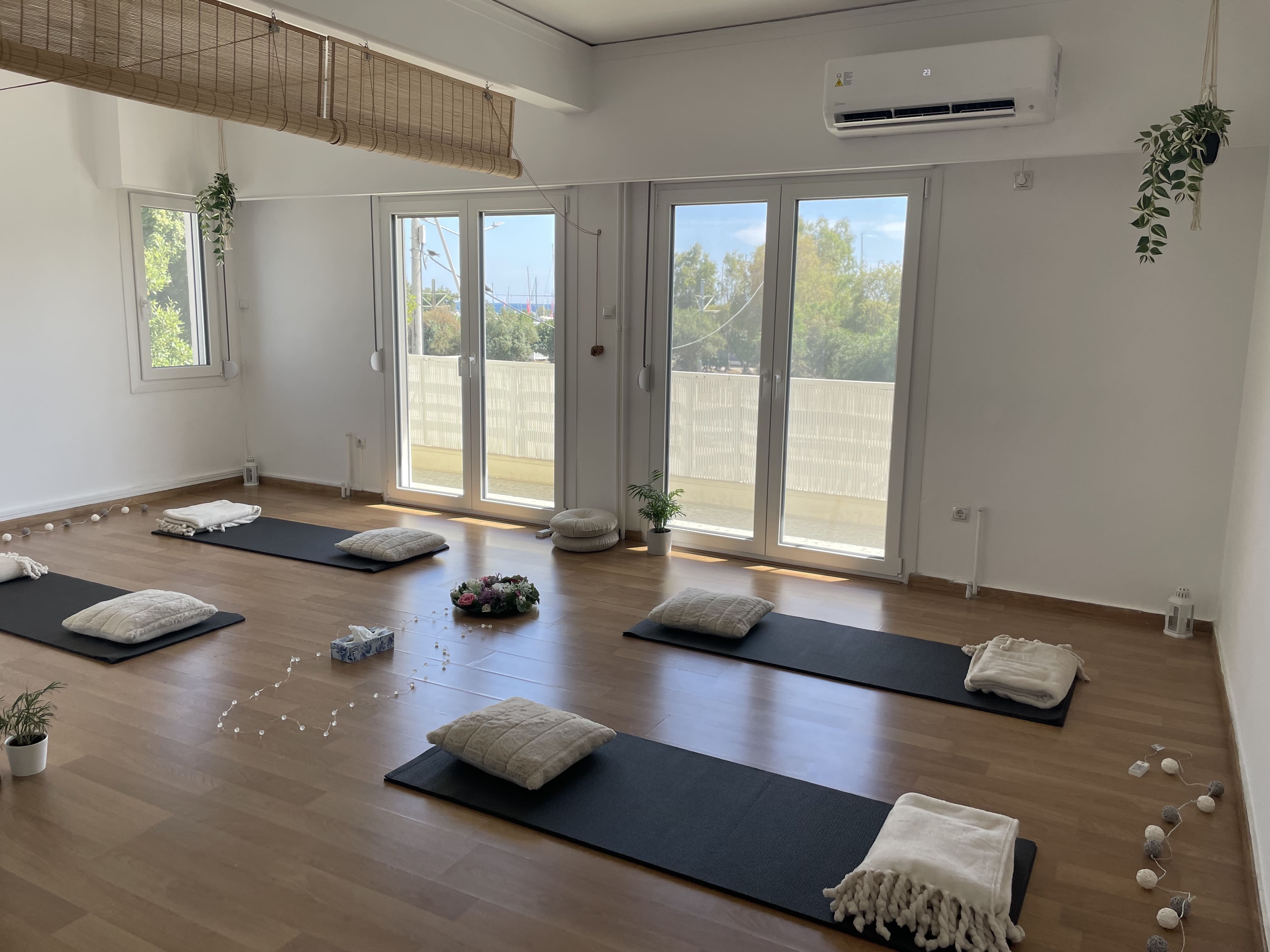
Additionally, the space includes a reception area, kitchen, and bathroom to ensure that guests have a comfortable and seamless experience.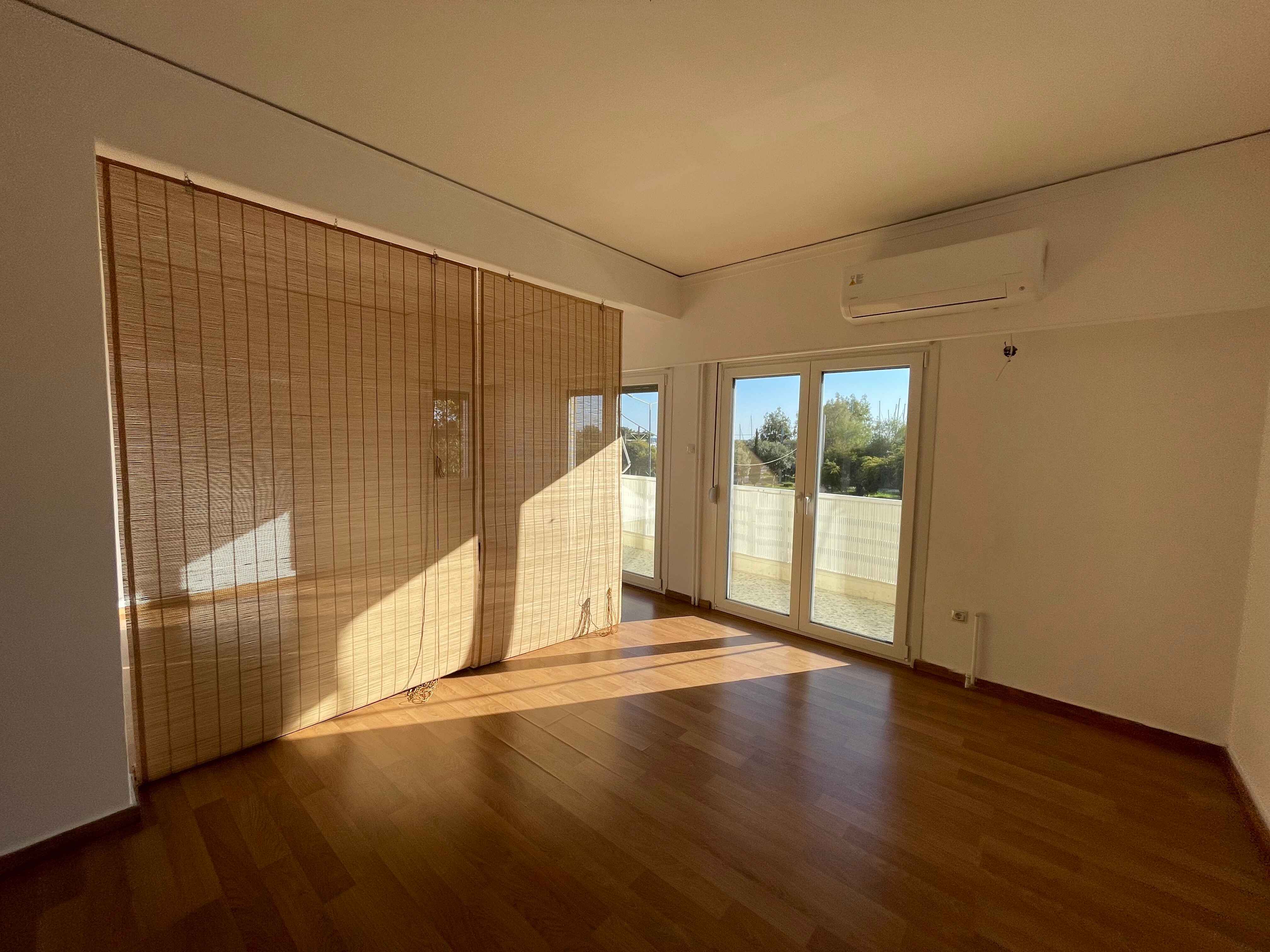
🧘 Yoga & Movement – Qigong, meditation, sound baths, and yin yoga practices
🏡 Room Hire for Practitioners – A serene, fully equipped space for wellness professionals

November At Technopolis
05–06.11 || Athens Bar Show 2025
As every year, since 2010 when it first began, the Athens Bar Show will once again be a “celebration” of the bartending industry, hospitality, dining, and distillates. Dozens of exhibitors and thousands of professionals from around the world, talks, events, tastings, as well as appearances by famous names from the Greek and international bartending “industry” await the visitors of the two-day exhibition. Try products, find solutions for your own bar, attend seminars and talks by distinguished professionals, and get inspired by what’s happening right now in the best bars in the world.
This year, for the 12th time, the Christmas Factory opens its gates again, bringing the magic of Christmas to the heart of the city! The new Christmas town—named by the children themselves, “Bright City”—invites young and old to experience the magic of the game “Find Your Star.” Ten missions, ten stars, and a bright path filled with smiles, light, and love. Santa Claus and the elves light up the world differently this year—not only the city, but also all our hearts. Because the light wins… and Christmas begins from within us!
Tel: 210 3460981 | Wednesday, Thursday, Friday & Sunday 10:00–18:00 | Email: shop@athens-technopolis.gr



